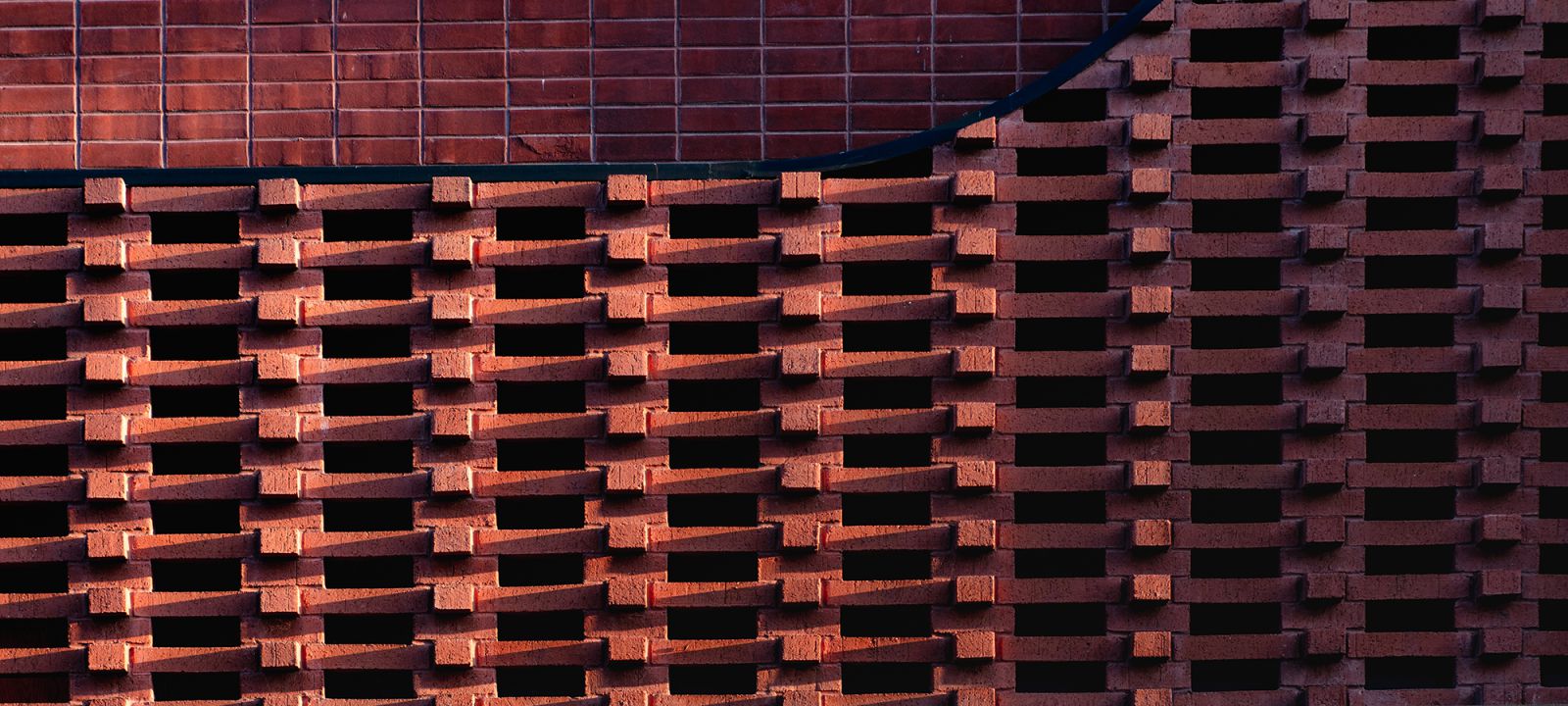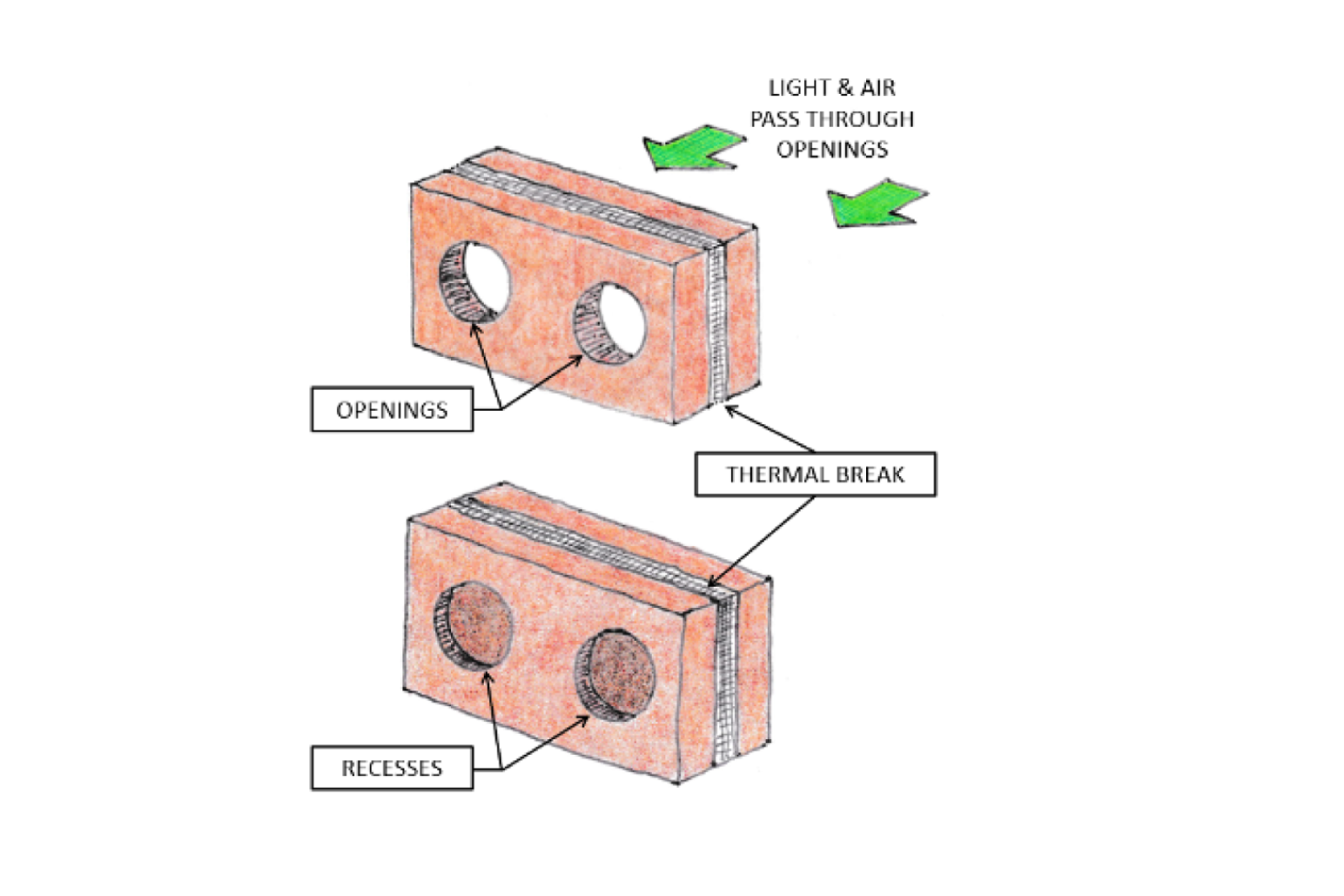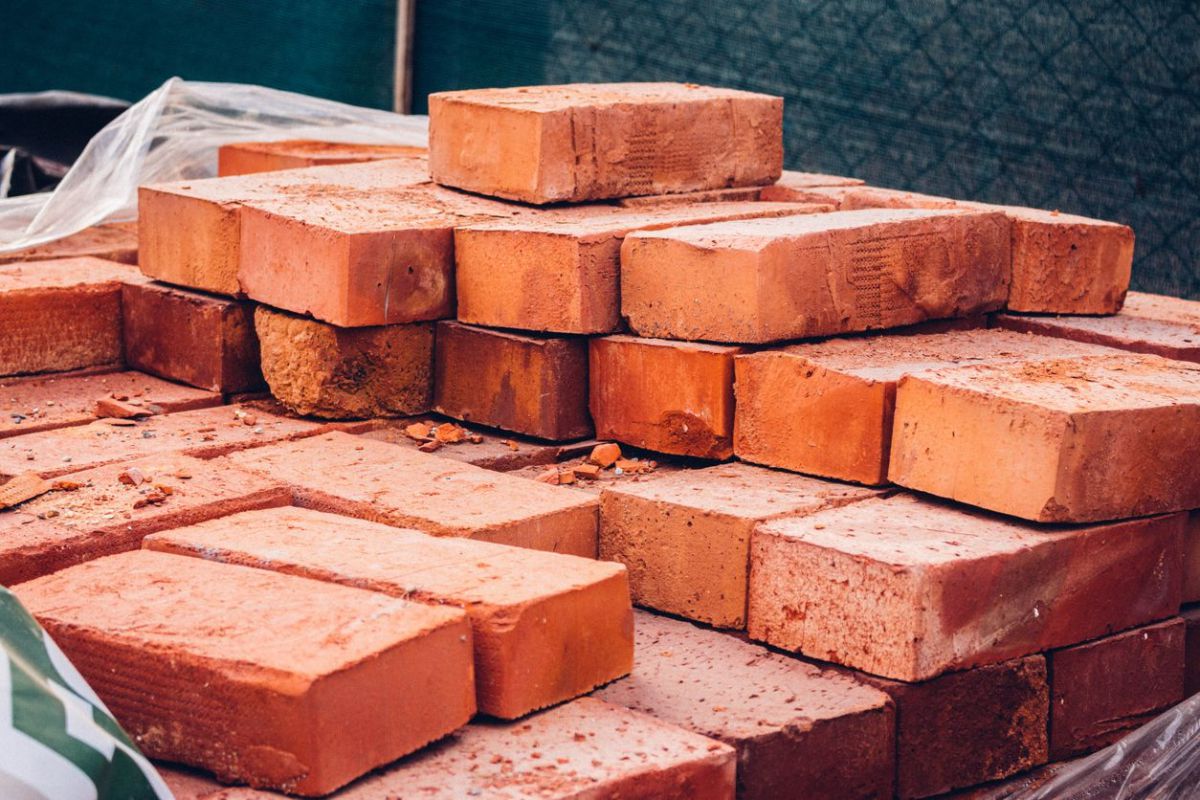Sustainability

Energy efficient brick is 100% recyclable, made from Earth's natural resources, and durable enough to withstand the elements for decades.
Brick isn't just a material, it's a choice. A choice for sustainability, as its natural clay composition and longevity reduce environmental impact. A choice for durability, standing strong against the elements and time itself. A choice for versatility, offering endless design possibilities from classic to contemporary. Brick embodies timeless value and is a wise investment that appreciates in beauty and character with each passing year.
Reduced Impact, Unmatched Strength.
The brick industry has been making strides in reducing its environmental impact in recent years, driven by innovation, technological advancements, and increasing sustainability awareness.
90%
Recycled content
50%
Reduction of embodied carbon
15%
Reduction of water use
Sustainable Design's Shift: From Buildings to People
While energy efficiency dominated sustainable design, new programs like WELL and Living Building Challenge prioritize occupant well-being. This shift aligns with growing consumer awareness of how their environment impacts them. Designers now consider factors like thermal comfort, acoustics, healthy materials, and air quality to create spaces that enhance health and productivity.
Brick plays a key role in achieving these goals. For example, Kohan Ceram Building uses "spectacled brick" to provide natural light, ventilation, and pollution filtering, all while serving as facade, partitions, finishes, and insulation. By looking beyond energy, clay masonry can be a holistic solution for sustainability, resilience, waste reduction, adaptive reuse, and occupant well-being.

Clay Brick vs. The Competition
There are reasons why there is a vibrant salvage market for brick, but not one for fiber cement, vinyl siding, and other synthetic materials. Unlike fake materials that are engineered and altered to look like something they're not, brick is made from some of Earth’s most abundant and natural materials. Brick is also the only building product that is 100% recyclable as it can be either salvaged and reinstalled on other buildings and homes, as they are built or are renovated. Clay brick can also be crushed for sub-base materials or chipped brick for permanent landscaping mulch, requiring even less maintenance and upkeep.
Compare Clay Brick To The "Sustainable" Competition:
BIA has adopted the following environmental policy statement:
The brick industry recognizes that the stewardship of our planet lies in the hands of our generation. Our goal is to continually seek out innovative, environmentally friendly opportunities in the manufacturing process and for the end use of clay brick products. As demonstrated over time, we are committed to manufacturing products that provide exceptional energy efficiency, durability, recyclability, and low maintenance with minimal impact on the environment from which they originate. We will ensure that our facilities meet or exceed state and federal environmental regulations, and we will continue to partner with building professionals to help them in using our products to create environmentally responsible living and working spaces for today’s and future generations.
Check out the latest information from EPA, OSHA, and MSHA as it pertains to brick manufacturing:
Read the report on how Regulatory Indifference Hurts Vulnerable Communities
Eco-Friendly and Built to Last
Brick stands out as one of the few building materials that can be reused in construction, thanks to its incredible durability and compliance with building codes. This makes reclaimed brick a popular and sustainable choice, contributing to a thriving market.
Furthermore, brick contributes to energy efficiency, meeting the standards of systems like LEED® and ASHRAE 189.1. However, these ratings often miss the full picture, as they don't fully consider the multifunctionality, long lifespan, and minimal maintenance of brick, all of which contribute to its overall sustainability.

Clay Brick Environmental Product Declaration (EPD)
The Clay Masonry Products Industry Average EPD published in October 2025 is based on a Cradle-to-Grave Life Cycle Assessment and provides the most current information on the environmental aspects of the production and use of clay brick units and pavers in clay masonry and paver assemblies.
For more information and a list of the brick manufacturers that participated, please see the full EPD here.